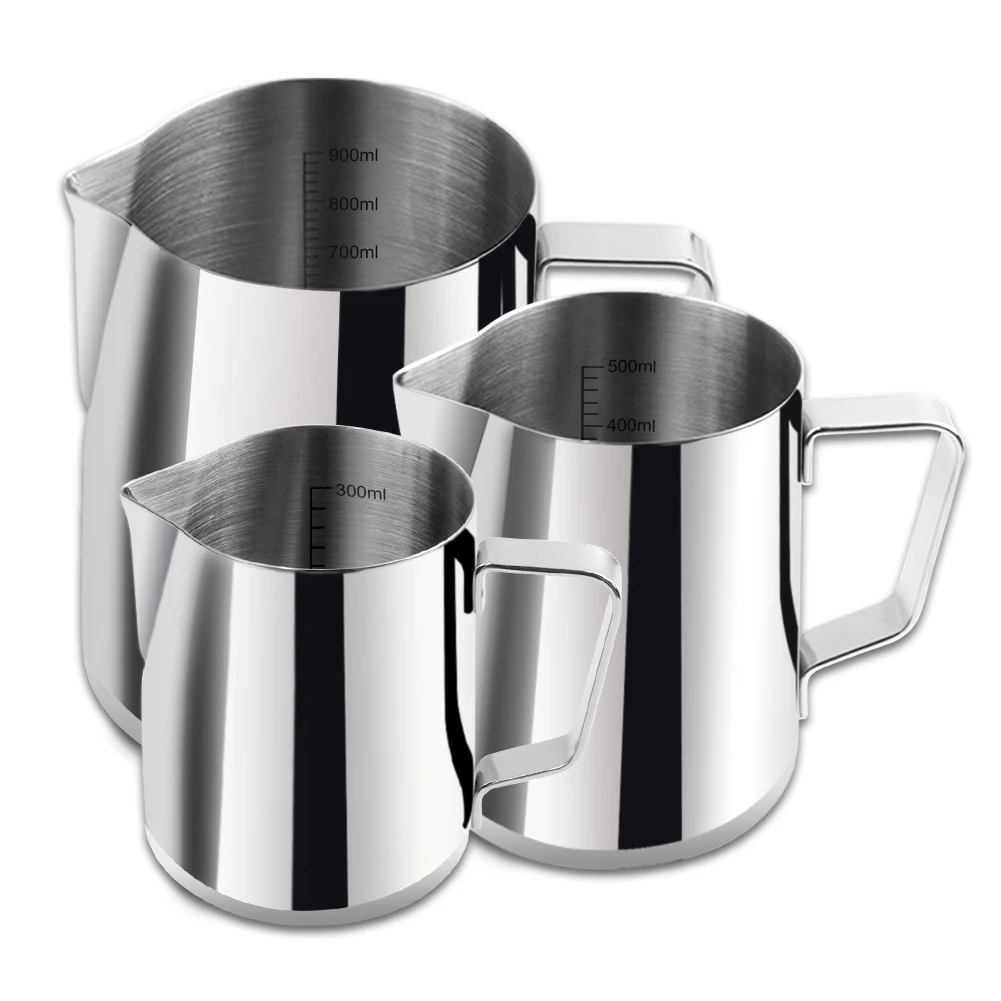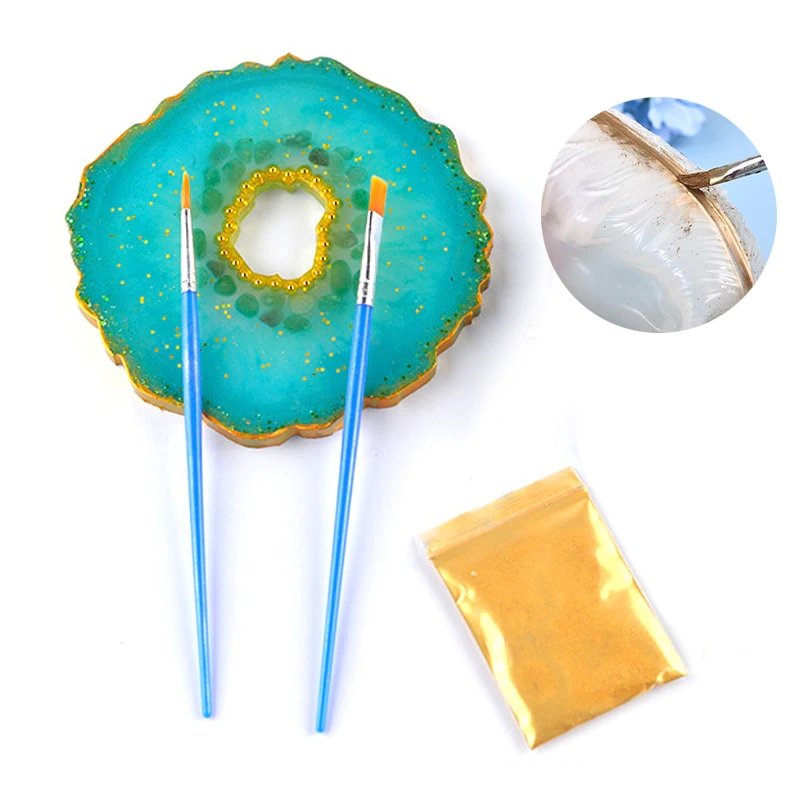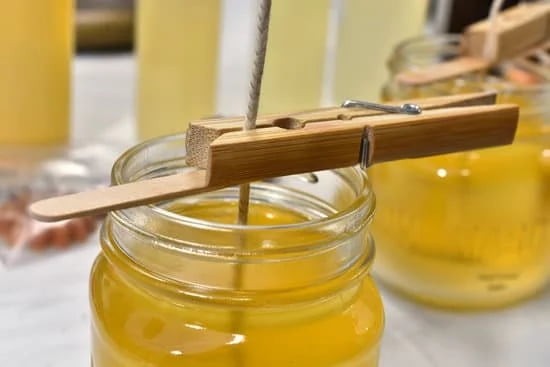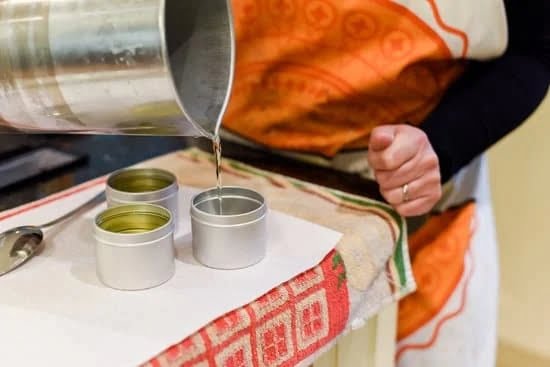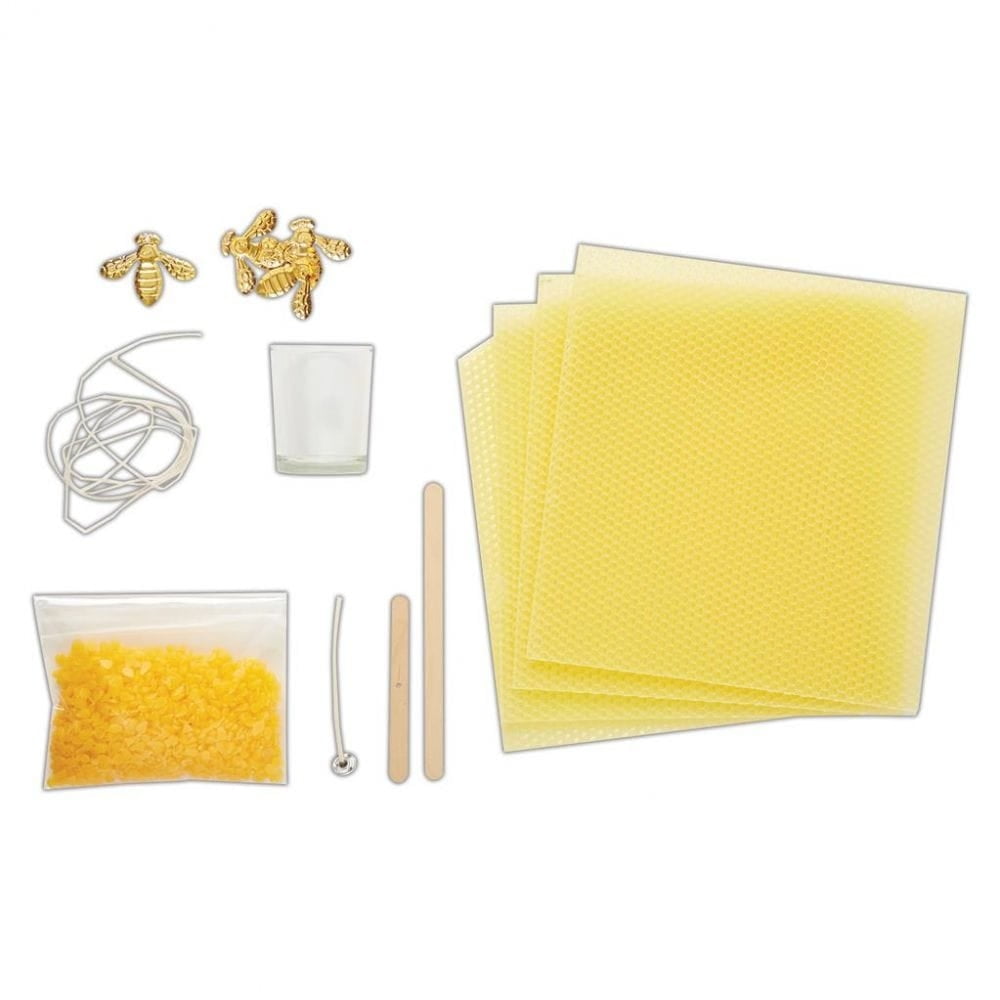When it comes to making candles, one of the key ingredients to consider is vegetable wax. Vegetable wax for candle making has been gaining popularity in recent years due to its natural origins and sustainable properties. Derived from various plant-based sources such as soybeans, coconut, and palm, vegetable wax offers a unique alternative to traditional paraffin wax.
As consumers become more conscious of the products they bring into their homes, vegetable wax has become a preferred choice for many candle makers. Its environmentally-friendly nature and renewable sources make it an attractive option for those looking to reduce their carbon footprint. In addition, vegetable wax often burns cleaner and longer than paraffin wax, making it a desirable choice for both crafters and customers alike.
In this article, we will explore the different types of vegetable waxes used in candle making, the benefits of incorporating vegetable wax into your candles, and how it compares to traditional paraffin wax. We will also provide tips on working with vegetable wax, guide you on selecting the best option for your candle making projects, offer a step-by-step DIY guide using vegetable wax, and discuss the sustainability and environmental impact of this versatile ingredient.
Join us as we delve into the world of vegetable wax for candle making and discover why it is considered the future of this timeless craft.
Different Types of Vegetable Waxes Used in Candle Making
When it comes to candle making, choosing the right type of wax is essential for achieving the desired results. Vegetable waxes have gained popularity among crafters and candle enthusiasts due to their natural origins and eco-friendly qualities. There are several types of vegetable waxes commonly used in candle making, each with its own unique characteristics and benefits.
Here are some different types of vegetable waxes that are popular choices for creating candles:
- Soy Wax: Soy wax is a versatile and easy-to-use option for candle making. It is derived from soybean oil and is known for its smooth and creamy appearance when solidified.
- Coconut Wax: Coconut wax is made from coconut oil, offering a clean-burning and long-lasting option for candles. It has a subtle scent and excellent fragrance retention properties.
- Rapeseed Wax: Rapeseed wax, also known as canola wax, is a sustainable choice for candle making. It has a smooth texture and good scent throw, making it ideal for scented candles.
Each type of vegetable wax has its own melting point, burn time, fragrance throw, and compatibility with dyes and fragrances. Experimenting with different vegetable waxes can help you achieve the perfect balance of aesthetics, performance, and sustainability in your handmade candles.
When working with vegetable wax for candle making, it is important to consider the specific characteristics of each type of wax to ensure successful results. Whether you prefer the creamy texture of soy wax or the clean burn of coconut wax, understanding the differences between these vegetable waxes will help you choose the best option for your candle-making projects.
Benefits of Using Vegetable Wax in Candles
When it comes to making candles, choosing the right wax is crucial for achieving quality results. One excellent option gaining popularity among candle makers is vegetable wax, which offers a range of benefits. Vegetable wax, derived from natural sources such as soybeans, coconut, or palm oil, is not only renewable but also biodegradable, making it an eco-friendly choice.
One of the significant advantages of using vegetable wax in candles is its clean and slow burn. Unlike paraffin wax, which can release harmful chemicals when burned, vegetable wax produces little to no soot or smoke. This cleaner burn not only contributes to better air quality but also ensures a longer-lasting candle that provides a consistent fragrance throw.
Moreover, vegetable wax has excellent scent throw capabilities, allowing it to hold and release fragrances effectively. This means that candles made with vegetable wax can fill a room with delightful scents more efficiently than those made with other types of waxes. Additionally, vegetable waxes are known for their ability to hold color well, resulting in vibrant and visually appealing candles.
| Benefit | Description |
|---|---|
| Clean Burn | Produces little to no soot or smoke when burned. |
| Scent Throw | Has excellent fragrance-holding and – releasing capabilities. |
| Color Retention | Holds color well for visually appealing candles. |
Comparison of Vegetable Wax vs Paraffin Wax for Candle Making
Vegetable waxes have become increasingly popular in candle making due to their natural origins and sustainable properties. When compared to paraffin wax, which is derived from petroleum, vegetable waxes offer a more environmentally-friendly alternative for crafting candles. One of the most commonly used vegetable waxes in candle making is soy wax, which is made from soybean oil and has gained popularity for its clean burning capabilities.
Soy wax is known for its ability to hold fragrance well, resulting in a more pleasant and longer-lasting scent compared to candles made with paraffin wax. Additionally, soy wax has a lower melting point, which means that candles made from this vegetable wax will burn slower and evenly, allowing for a longer-lasting candle overall. Another benefit of soy wax is that it is easy to clean up with soap and water, making it convenient for candle makers.
In comparison to paraffin wax, vegetable waxes like soy wax are also biodegradable and renewable resources. This not only reduces the environmental impact of candle production but also supports sustainability in the long term. Many consumers are actively seeking out candles made with vegetable waxes due to their eco-friendly nature and cleaner burning properties. Overall, choosing vegetable wax for candle making provides a more sustainable option that aligns with the growing desire for environmentally-conscious products in the market.
| Benefit | Vegetable Wax (e.g. Soy Wax) |
|---|---|
| Renewable Resource | Yes |
| Clean Burning Properties | Yes |
| Biodegradable | Yes |
Tips for Working With Vegetable Wax in Candle Making
When it comes to working with vegetable wax for candle making, there are a few tips and tricks that can help you achieve the best results. Here are some helpful suggestions to keep in mind:
- Temperature Control: Maintain the proper temperature when melting vegetable wax to avoid overheating or burning. Different types of vegetable waxes have specific melting points, so be sure to follow the manufacturer’s guidelines.
- Fragrance Load: Vegetable wax can hold fragrance oils differently compared to other types of waxes like paraffin. It’s essential to experiment with different fragrance loads to find the right balance that works best with your chosen vegetable wax.
- Wick Selection: Choosing the right wick for your vegetable wax candles is crucial for achieving an even burn and optimal scent throw. Consider factors like the diameter of your container and the type of fragrance oil used when selecting a wick.
In addition to these tips, it’s essential to practice proper safety measures when handling hot wax and fragrances during the candle-making process. Always work in a well-ventilated area, wear appropriate protective gear like gloves and goggles, and have a fire extinguisher nearby just in case.
Remember that working with vegetable wax for candle making may require some trial and error as you fine-tune your techniques and recipes. Don’t be afraid to experiment, explore different options, and learn from each experience to create beautiful, eco-friendly candles using vegetable wax as your base material.
By following these tips, you’ll be on your way to mastering the art of candle making with vegetable wax while creating unique and sustainable products that bring joy to yourself and others.
How to Choose the Best Vegetable Wax for Your Candle Making
When it comes to choosing the best vegetable wax for your candle making projects, there are a few key factors to consider. With so many options available in the market, it’s essential to understand the characteristics of different vegetable waxes to ensure that you select the right one for your specific needs.
Consider Your Candle Making Goals
Before selecting a vegetable wax, think about what you want to achieve with your candles. Are you looking to create container candles, pillar candles, or taper candles? Different types of vegetable waxes have varying melting points and burn characteristics that can affect the overall performance of your candles. Understanding your goals can help you narrow down your options and choose the most suitable wax for your project.
Evaluate the Scent Throw
If fragrance is an essential aspect of your candle making process, consider how different vegetable waxes interact with scents. Some waxes have better scent throw capabilities than others, meaning they can more effectively disperse fragrance throughout a room when the candle is burning. Testing different waxes with your chosen fragrances can help you determine which wax will best showcase the scents you wish to use in your candles.
Environmental Impact
For environmentally conscious candle makers, it’s crucial to consider the sustainability and eco-friendliness of the vegetable wax you choose. Look for waxes that are sustainably sourced and produced using environmentally friendly methods. Additionally, opt for vegetable waxes that are biodegradable and clean-burning to minimize their impact on the environment. By prioritizing sustainability in your choice of vegetable wax for candle making, you can create beautiful candles that align with your values and contribute to a greener future.
DIY Candle Making With Vegetable Wax
When it comes to making candles at home, using vegetable wax can be a great alternative to traditional paraffin wax. Not only is vegetable wax a more natural and sustainable option, but it also offers a cleaner and longer-lasting burn. In this step-by-step guide, we will show you how to create your own candles using vegetable wax, allowing you to customize the scent, color, and shape to suit your preferences.
Before you begin your DIY candle-making project with vegetable wax, make sure you have all the necessary supplies on hand. This includes vegetable wax flakes, candle wicks, fragrance oils or essential oils for scent, dye chips or liquid dye for color (optional), a double boiler or microwave-safe container for melting the wax, a thermometer, and containers or molds for setting the candles.
To start, measure out the desired amount of vegetable wax flakes based on the size of the container you will be using for your candles. Place the flakes in your double boiler or microwave-safe container and heat gently until completely melted. It is important to keep an eye on the temperature of the melted wax using a thermometer to ensure it does not overheat.
Once the vegetable wax is fully melted, remove it from heat and allow it to cool slightly before adding in your chosen fragrance oil or essential oil. Stir well to evenly distribute the scent throughout the wax. If you wish to add color to your candles, now is the time to incorporate dye chips or liquid dye into the mixture.
Finally, carefully pour the scented and colored wax into your containers or molds, making sure to place a pre-waxed wick in the center before the wax solidifies. Allow your candles to set and harden completely before trimming the wick and lighting them up to enjoy their warm glow and delightful aroma. With these simple steps, you can create beautiful homemade candles using vegetable wax that are perfect for gifting or adding ambiance to any space.
Sustainability and Environmental Impact of Vegetable Wax in Candle Making
When it comes to sustainability and environmental impact, vegetable wax for candle making has gained popularity among environmentally conscious individuals. Vegetable waxes are derived from natural plant sources such as soybeans, coconut, palm, and rapeseed. These waxes are biodegradable and renewable, making them a more eco-friendly option compared to traditional paraffin wax.
Reduced Carbon Footprint
One of the key benefits of using vegetable wax in candle making is its reduced carbon footprint. Vegetable waxes are derived from sustainable sources, which means that they have a lower environmental impact compared to paraffin wax, which is derived from petroleum. By choosing vegetable wax for your candles, you are supporting sustainable practices and reducing your carbon footprint.
Biodegradability and Renewable Resources
Vegetable waxes are also biodegradable and come from renewable resources. This means that when the candle burns out, any remaining wax can easily biodegrade without harming the environment. In addition, because vegetable waxes come from renewable plant sources, they can be replenished through sustainable agricultural practices. This makes vegetable wax a more environmentally friendly choice for candle making.
Non-Toxic and Cleaner Burning
Another important aspect of using vegetable wax for candle making is that it produces less soot and toxins when burned compared to paraffin wax. This results in a cleaner burning candle that is better for indoor air quality and overall health. For those who are sensitive to chemicals or have respiratory issues, candles made with vegetable wax can provide a safer alternative without compromising on fragrance or aesthetics.
Conclusion
In conclusion, it is evident that vegetable wax is shaping the future of candle making with its numerous benefits and sustainable characteristics. From its eco-friendly nature to its clean-burning properties, vegetable wax has become a popular choice among candle makers and consumers alike. As the demand for environmentally friendly products continues to rise, vegetable wax offers a promising alternative to traditional paraffin wax.
The versatility of different types of vegetable waxes available for candle making allows for a wide range of options to suit various preferences and requirements. Whether you prefer soy wax, coconut wax, or any other plant-based wax, there is a suitable option for every candle maker. Additionally, the ease of working with vegetable wax and the ability to customize candles according to individual preferences make it a top choice in the industry.
As we move towards a more sustainable future, adopting vegetable wax in candle making not only benefits the environment but also provides consumers with high-quality products. By choosing vegetable wax over paraffin wax, we contribute to reducing our carbon footprint and supporting ethical practices in the industry. In essence, vegetable wax represents not just a trend but a fundamental shift towards more responsible and eco-conscious choices in the art of candle making.
Frequently Asked Questions
Is Vegetable Wax Good for Candle Making?
Vegetable wax is a popular choice for candle making due to its eco-friendly and sustainable nature. It is derived from natural sources like soybeans, coconut, or palm, making it renewable and biodegradable. Additionally, vegetable waxes have a clean burn with minimal soot production compared to paraffin wax.
What Is a Vegetable Based Wax Candle?
A vegetable-based wax candle is made using waxes derived from plants such as soybeans, coconut, or palm. These candles are considered a more environmentally-friendly alternative to traditional paraffin wax candles since they are biodegradable and produce less soot when burned. Vegetable-based waxes also have a slower burn rate, resulting in longer-lasting candles.
What Is the Healthiest Wax for Candle Making?
The healthiest wax for candle making is often considered to be soy wax. Soy wax is made from hydrogenated soybean oil, which is a natural and renewable resource.
Soy candles burn cleaner and produce less soot than paraffin candles, reducing indoor air pollution. They are also non-toxic and do not release harmful chemicals into the air when burned, making them a healthier option for both people and the environment overall.

Welcome to my candle making blog! In this blog, I will be sharing my tips and tricks for making candles. I will also be sharing some of my favorite recipes.

